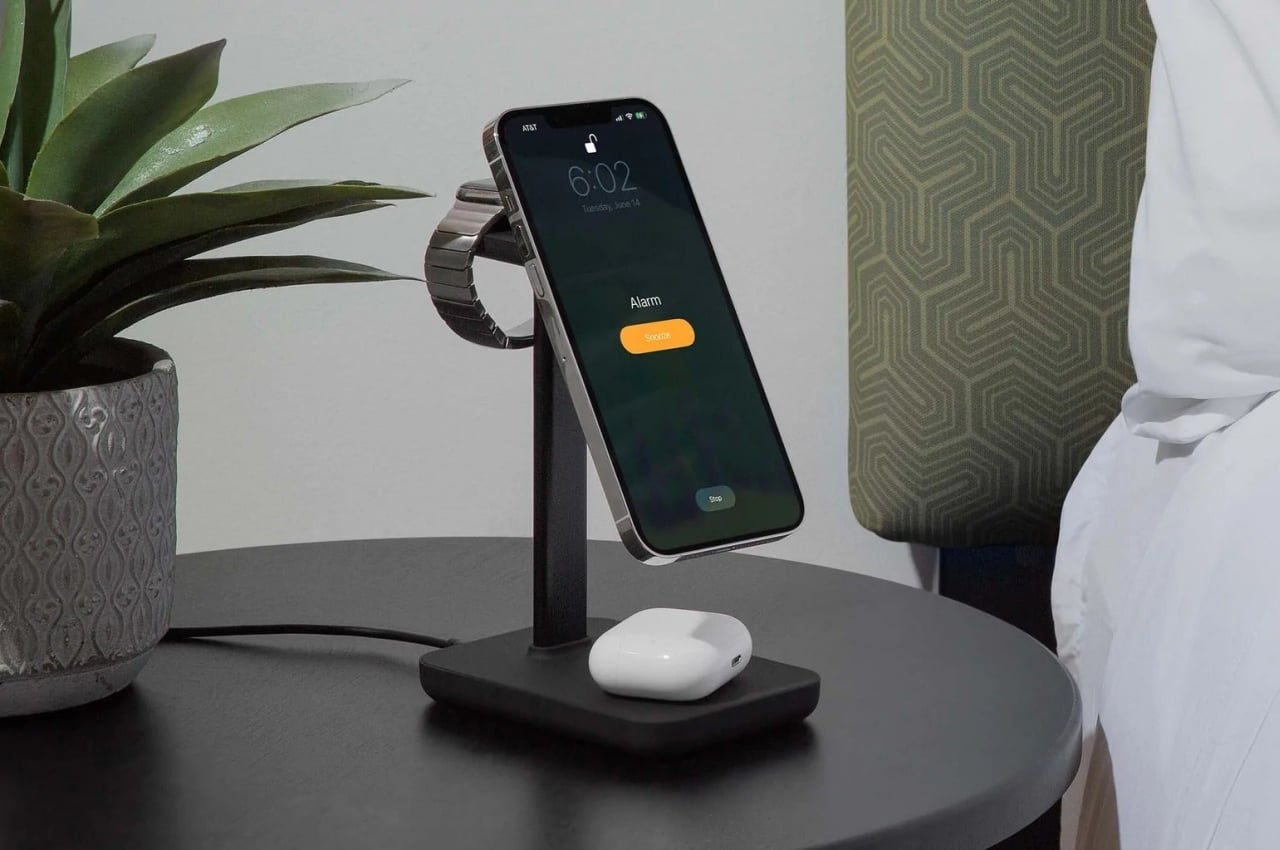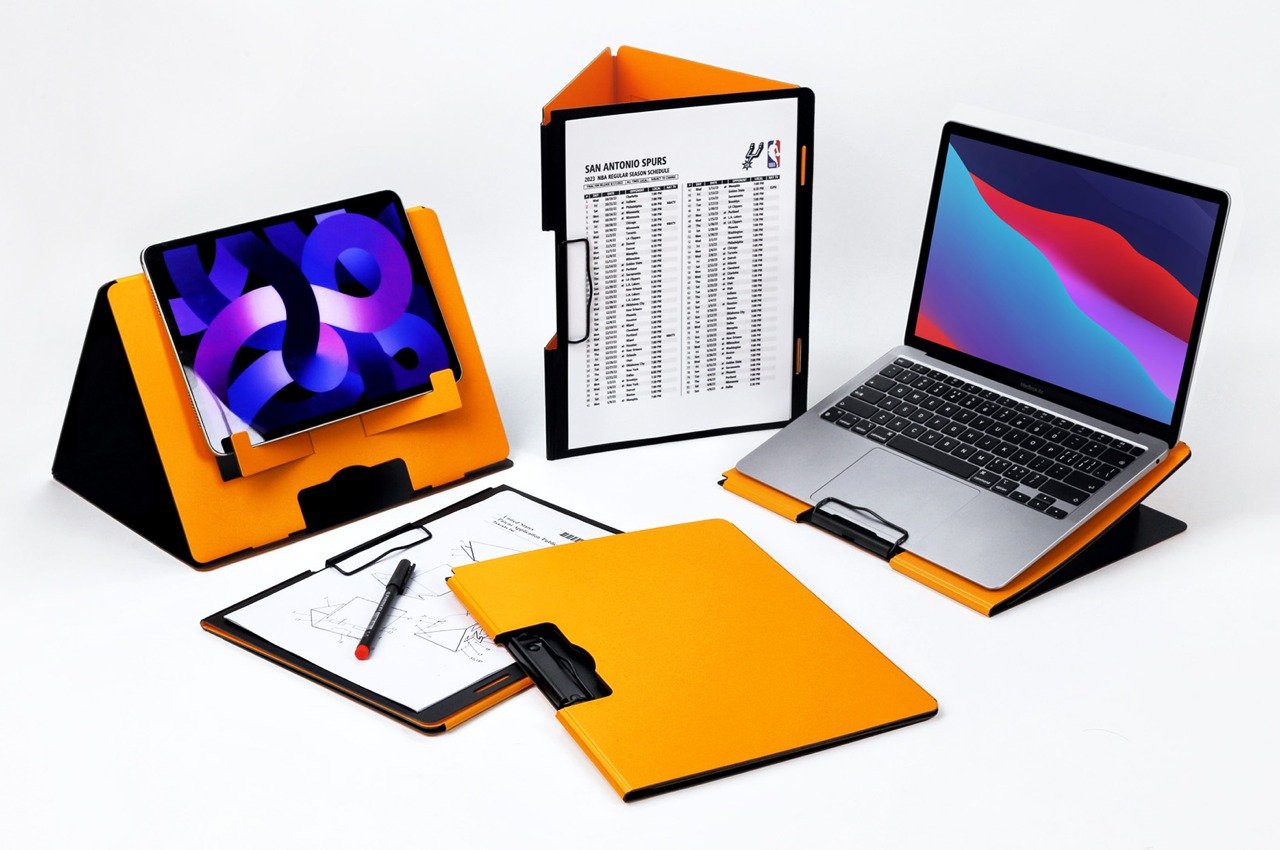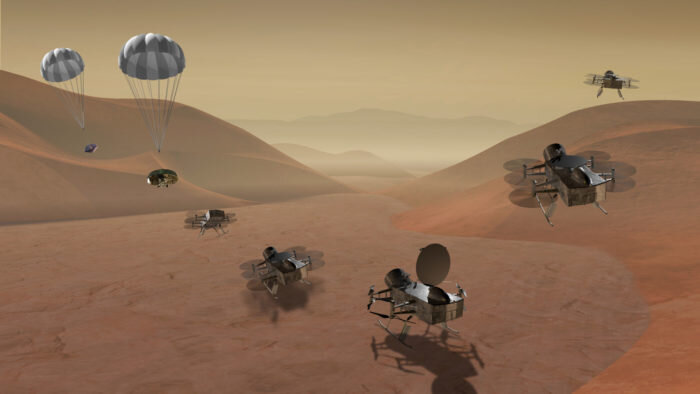#The Blueprint for the Future – Review Geek

Table of Contents
“#The Blueprint for the Future – Review Geek”
Price:
$1799 – $1899

The Samsung Galaxy Z Fold 3 is a progressive, forward-thinking, innovative phone. I genuinely think this device will lay the groundwork for future hybrid foldables—part phone, part tablet. But it still has a lot of growing to do before it’s worth almost $2000.
Here’s What We Like
- Truly innovative, futuristic phone
- IPX8 water resistance
And What We Don’t
- Big, bulky, and heavy
- The cover screen is narrow and cramped
- Cumbersome when opened
- Cameras are disappointing
- Expensive
And yeah, this is the third generation of the device, but the form factor has more or less stayed the same over the generations. Slight refinements have taken place, like a larger cover screen and more robust hinge, but by and large the third-generation Fold is still very much an iterative update to both of its predecessors.
That’s not to say these minor updates are bad things. As minor as they may seem, all the revisions are just stepping stones toward a potentially ubiquitous foldable phone.
It’s just not there yet.
Before we get into the review, I want to give a special thanks to the folks over at AT&T for providing the Fold 3 (and Flip 3) review units.
Specs
- Cover Display: 6.2-inch Dynamic AMOLED, 2268×832 (387PPI), 120Hz
- Main Display: 7.6-inch Dynamic AMOLED, 2208×1768 (374PPI), 120Hz
- Processor: Qualcomm Snapdragon 888
- RAM: 12GB
- Storage: 256GB or 512GB
- Front Cameras: 10MP front camera on cover screen; 4MP under-display camera on the main screen
- Rear Cameras: 12MP ultra-wide, 12MP wide-angle, 12MP telephoto
- Ports: USB-C
- Headphone Jack: No
- Battery: 4,400mAh
- Fingerprint Sensor: In power button
- Connectivity: 5G mmWave/Sub-6; LTE; 802.1 a/b/g/n/ac/ax; Bluetooth 5.1; NFC
- Android version: One UI 3.1.1 on Android 11
- Price: $1799 for 256GB; $1899 for 512GB
Hardware and Displays: Thick and Clunky
To see the Fold 3 is to immediately know it’s different. When I first got it, I showed it to my sixteen-year-old daughter. I expected, “whoa, that’s cool!” or something similar. Instead, her reaction was, “why is it so thick? That’s disgusting.” (I know, how very sixteen-year-old girl of her.)

But that’s the first impression you get: It’s a thick boi. And it’s heavy. And it’s weird. The whole thing feels … disjointed? I can never tell which display I’m expected to use more often: the cover screen or the main screen. The cover screen is cramped and narrow, but the main screen is wide and cumbersome. There’s simply no happy medium here.
When the Fold is closed, you can easily use it with one hand, but I’d be lying if I said it doesn’t present an excessive amount of finger fatigue compared to a regular-sized phone. That’s in large part due to how dense it is—at 280 grams (on my scale), it’s about 70 grams more than my Pixel 5a. However, because that weight is condensed into a smaller space and stacked, it feels heavier. If I were guessing based on feel, I would think that it’s nearly twice the weight.
Not that you’d really want to spend a lot of time using the cover display anyway. Technically it functions as a regular phone should, but it’s so narrow it’s uncomfortable for anything more than thumbing through Insta or Twitter. The width makes the keyboard a real pain to type on, so I wouldn’t really recommend that to anyone with normal human-sized hands.
Things change when you flip it open to the big, wide main display … but not really for the better. It’s still just as heavy, but now the weight isn’t evenly distributed across your hand, as half of the open display hangs off. This could be less of an issue if you have the hands of an NBA player, but for us regular folk, it gets tiring fast. There’s just no easy way to one-hand this phone when it’s opened.

I know because I tried. I took it to the store and planned on leaving my shopping list open on the left side, with the store’s scan and go app on the right. That lasted for about three minutes because I had to keep stopping to two-hand it to get anything done. And I felt like I was going to drop it the whole time. So it went back in my pocket, and I switched to my Pixel 5a with the shopping list on top and scan and go on the bottom. Much better.
That’s not to say that you couldn’t learn to use both of these displays, because I’m sure you could. On a long enough timeline, you could adjust to the smaller, cramped cover screen for many tasks—though I’m honestly just not sure why you’d want to. I mean, I guess if you’re really married to the idea of the Galaxy Fold 3 as a device (or you need to convince yourself that the $2000 you spent is worth it). Otherwise, it’s just not a great experience.

Back to the downside, however, the main screen’s durability is questionable. It’s more robust than its predecessors, but it still seems to be on the softer side. That means if something gets wedged in the middle of the phone while it’s closed—which is likely to happen because of the gap presented by the fold—it could do some real damage to the main display. That’s rough.
In terms of other hardware, it’s a pretty standard affair here. It has stereo speakers that sound pretty good, a single USB-C port for charging (it also has wireless charging), and, uh, well, that’s it.
Software and Performance: Trying to Justify Its Existence
Like the Flip 3, the Fold 3 runs One UI 3.1.1 on Android 11. Samsung’s normal tweaks are here and present, but there’s also a bit of extra flavor just for the Fold. Things you can’t do on regular phones because of their inferior, puny, and definitely not super-wide, almost square displays? Yeah, you can do those on the Fold.

Things like opening two apps side by side. If you happen to love the cramped feel of apps on the cover screen, you can double that on the main display. I’ll admit that there’s at least some utility here—like the aforementioned grocery list on one side and scan and go on the other. That would admittedly work better if you’re with someone else at the store so they can push the cart while you check the list and scan items. Then you can two-hand your phone tablet thingy.
That said, the main screen is still weird. To start, it’s almost a square, which is just weird relative to literally every other mobile experience in existence. That also means that some apps don’t know what to do with themselves.
For example, Instagram doesn’t resize itself, so you get this weird letterboxed app on the big screen. Twitter, on the other hand, will resize fine, but you get a funky not-quite-a-phone-app-but-still-not-a-tablet-app thing. And that’s effectively every app experience—some are tablet apps that feel too cramped, others are phone apps that feel too spaced out.
As I said, no happy medium.
But, for the sake of example, let’s say you’re looking up recipes on the cover display, but you realize you need more space. Just open the phone and boom—there you go, bigger display. That’s great and it makes sense and it’s cool and all that.
But that doesn’t work both ways. If you’re looking at something on the main display and need to switch to one-handed mode, closing the Fold is basically like hitting the power button. You have to turn it back on, unlock it, and reopen the app you were looking at. That’s a very disjointed experience, and I don’t love it.
Other than minor tweaks that offer a little utility but mostly try to justify the existence of a big folding screen, it’s mostly just stock Samsung software (as much sense as that makes). If you’re a fan of One UI and love the idea of a thick foldy boi, then you’ll love everything about this phone. That’s a fact.
And a big part of that is because of the performance offered up here. With a Snapdragon 888 and 12GB of RAM, big fat foldy boi will never leave you wanting for any reason. It shouldn’t, anyway. The specs on this phone are basically on par with other flagship phones, Samsung or otherwise. The price, of course, is quite a bit more because of all the folding bits.
And while it has the performance to be a gaming monster, this again because a bit of an oddity. I played a few rounds of Call of Duty Mobile and didn’t love the experience. Like other apps, CoD doesn’t know what to do with the display size, so you get a taller version of the game than you’d typically see on a regular phone, which makes the control scheme awkward. I probably had my worst rounds of CoD Mobile in ages as a result. Sorry to all my teammates during those rounds, but know that our losses weren’t in vain—they were for science!
Battery life is also decent at best, which really isn’t great. Like the Flip 3, there’s only so much room for a battery, and it shows. It has a 4,400mAh battery, which is pretty paltry relative to the overall size of the device. In a normal phone, battery size can be much larger. And because the overall screen size is smaller on pretty much every regular phone, it uses less power. Can’t say the same for the Fold and its power-hungry main screen.
Cameras: Not Great, Bad, and Worse

At nearly $2000, you’d expect the Galaxy Fold 3 to have some of Samsung’s best cameras. It doesn’t.
They’re not awful, of course—nowhere nearly as bad as the Flip 3’s, anyway—so you can get some pretty decent shots out of them. Outdoors and in other good lighting situations, they’re fine. They struggle more in low lighting. And the under-display camera on the main screen is downright bad in all but the most perfect situations.
Here are a few shots with the main camera, outside in good lighting:
And now some low-light shots. I don’t have any fun wedding photos with this phone (see the Flip 3 review for that reference), so here are some boring ones from my office. Sorry.
And the front cameras on the cover display, which is much better than the one on the main display. Here’s a small sample size fo a couple of selfies, both indoors and out:
And one more small set, this time with the under-display camera. The colors are awful and it just looks bad. It’s better outside, but still not what I’d call “good” either way.
Overall, the Fold’s cameras are okay at best. I imagine many people interested in this phone won’t mind too much because they’ll like it for other reasons, but I still think it’s inexcusable to charge nearly two grand for a phone and ship it without the best cameras the company has to offer.
Conclusion: The Future Is Bright, but We Have to Get There First

Okay, so I know most of this has been negative, but that’s because it’s about the phone as it is right now, at this moment. But I want to take a second to talk about what this phone means for the future. This isn’t a phone you buy today because it’s the phone you want—this is a phone you buy because you want a glimpse of what’s coming.
The headline of this review calls the Samsung Galaxy Fold 3 “the blueprint,” and I stand by that. The ideas presented here (and past Folds) will lay the groundwork for future innovation on folding phones. Eventually, someone will get it right—a device that’s truly a phone when closed and a tablet when opened. At the rate we’re going, it might be Samsung. It also might not.
But the Fold 3 isn’t for everyone. It’s not really for anyone except those who are willing to deal with the quirks and oddities presented by such a unique device. Sure, this is the third generation, but the market simply isn’t ready for a device like this. Apps aren’t ready, developers aren’t ready, and consumers’ wallets certainly aren’t ready.
So yeah, maybe you’re not ready for this. But your kids are gonna love it.
5/10
Price:
$1799 – $1899
Here’s What We Like
- Truly innovative, futuristic phone
- IPX8 water resistance
And What We Don’t
- Big, bulky, and heavy
- The cover screen is narrow and cramped
- Cumbersome when opened
- Cameras are disappointing
- Expensive
If you liked the article, do not forget to share it with your friends. Follow us on Google News too, click on the star and choose us from your favorites.
For forums sites go to Forum.BuradaBiliyorum.Com
If you want to read more like this article, you can visit our Technology category.










